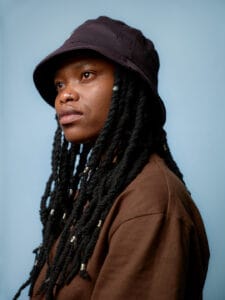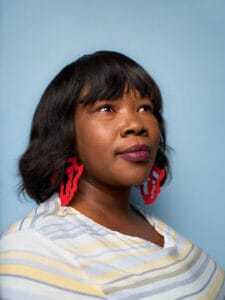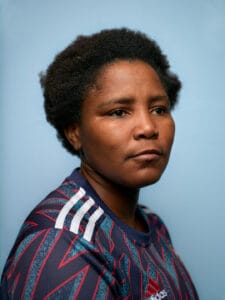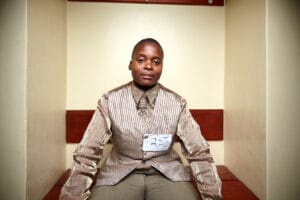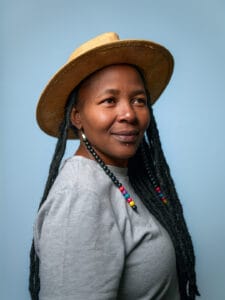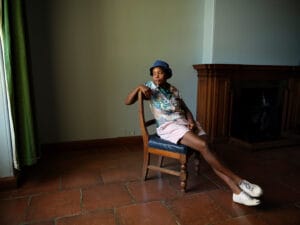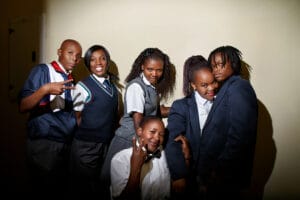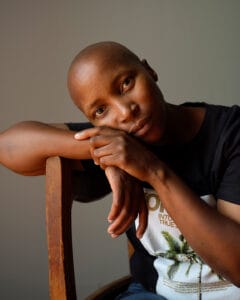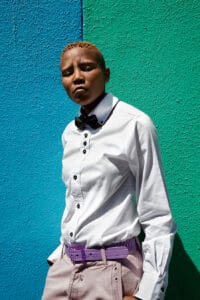SUMMARY
Considering the quality, quantity, and diversity of films distributed under the Walt Disney Company banners, GLAAD has rated the Walt Disney Company as POOR.
Though there are significant LGBTQ characters in Hulu’s Prom Dates and Searchlight’s The Greatest Hits, these were an exception rather than the norm across the company’s wider slate. Marvel’s biggest hit of the year, Deadpool & Wolverine, includes LGBTQ characters in a minor role as Yukio and Negasonic Teenage Warhead appear for a small moment, but the film still shied away from confirming the queerness of its lead character outside of throwaway jokes about his friendship with Wolverine and his overall outrageousness. As Disney has previously told outstanding and groundbreaking queer stories in both superhero and family films, it’s disappointing to see this regression in the studio’s storytelling.
HISTORY
Brothers Walt Disney and Roy Oliver Disney founded the animation studio in 1923, which adopted its current name in 1986. Today, The Walt Disney Company distributes and markets the majority of content under the Walt Disney Studios labels including Walt Disney Pictures, Walt Disney Animation Studios, Pixar, LucasFilm, Marvel Studios, Searchlight Pictures and 20th Century. In 2019, Disney completed acquisition of many assets of 21st Century Fox including 20th Century Fox film and TV studios. The same year, the company launched its streaming service Disney+ and acquired a majority stake in Hulu, officially claiming overall ownership in 2023.
In comparison to other studios tracked in this study, Walt Disney Studios took longer than others to implement LGBTQ inclusion. Notable LGBTQ-inclusive releases from the now shuttered Disney-owned Touchstone Pictures include Ed Wood (1994), Sweet Home Alabama (2002), Under the Tuscan Sun (2003), and Kinky Boots (2006). Lucasfilm produced Mishima: A Life in Four Chapters (1985), which combined gay Japanese writer Yukio Mishima’s autobiography with parts of his fiction novels, but was never officially released in Japan due to protests, and was released by Warner Bros. in the United States. Disney’s recent LGBTQ-inclusive films include GLAAD Media Award winner Eternals (2021) and GLAAD Media Award nominee Strange World (2022), in addition to Delivery Man (2013), Muppets Most Wanted (2014), Beauty and the Beast (2017), Black Panther: Wakanda Forever, Lightyear, Doctor Strange in the Multiverse of Madness, and Thor: Love and Thunder (2022).
20th Century’s previous LGBTQ-inclusive releases include The Rocky Horror Picture Show (1975), Making Love (1982), Silkwood (1983), The Object of My Affection (1998), The Family Stone (2005), Independence Day: Resurgence (2016), GLAAD Media Award winner Love, Simon (2018), The New Mutants (2020) and GLAAD Media Award nominee West Side Story (2021). Searchlight Pictures’ LGBTQ-inclusive highlights include GLAAD Media Award nominees Kinsey (2004) Battle of the Sexes (2017),The Favourite and Can You Ever Forgive Me (2018), All of Us Strangers, and Theater Camp (2023). Hulu began producing original films in 2019 and has released GLAAD Media Award winners Happiest Season (2020) and Fire Island (2022); GLAAD Media Award nominees Plan B (2021), Crush, and Wildhood (2022), among others. In 2022, Disney+ released GLAAD Media Award nominees Better Nate than Ever, Trevor: The Musical, and Zombies 3.
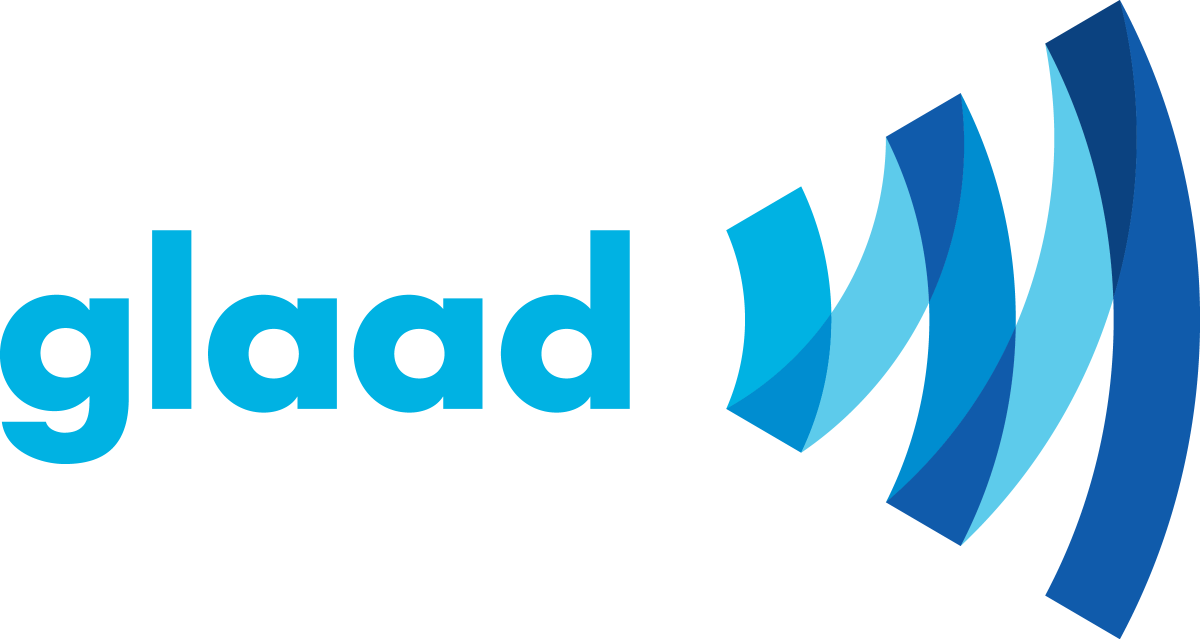
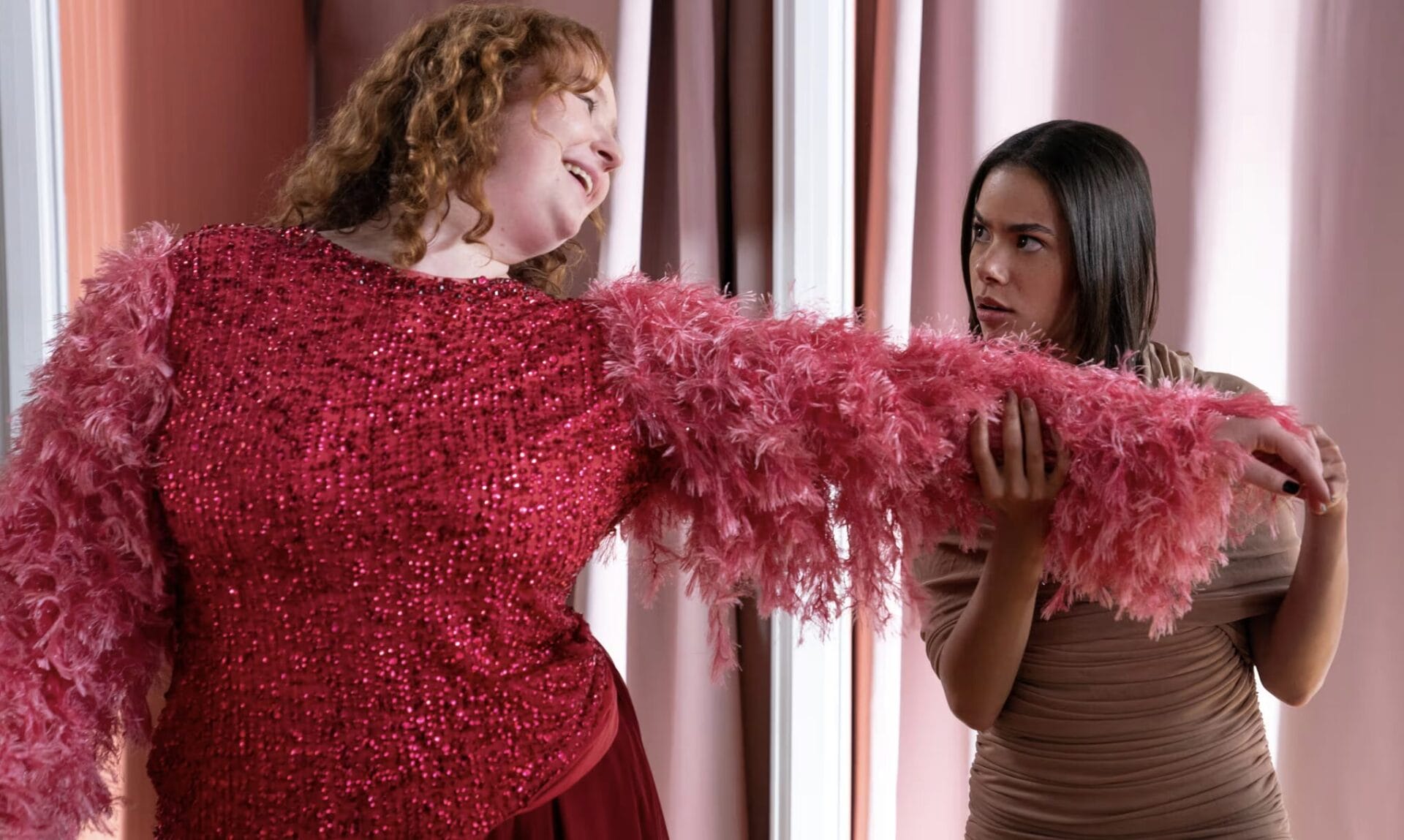
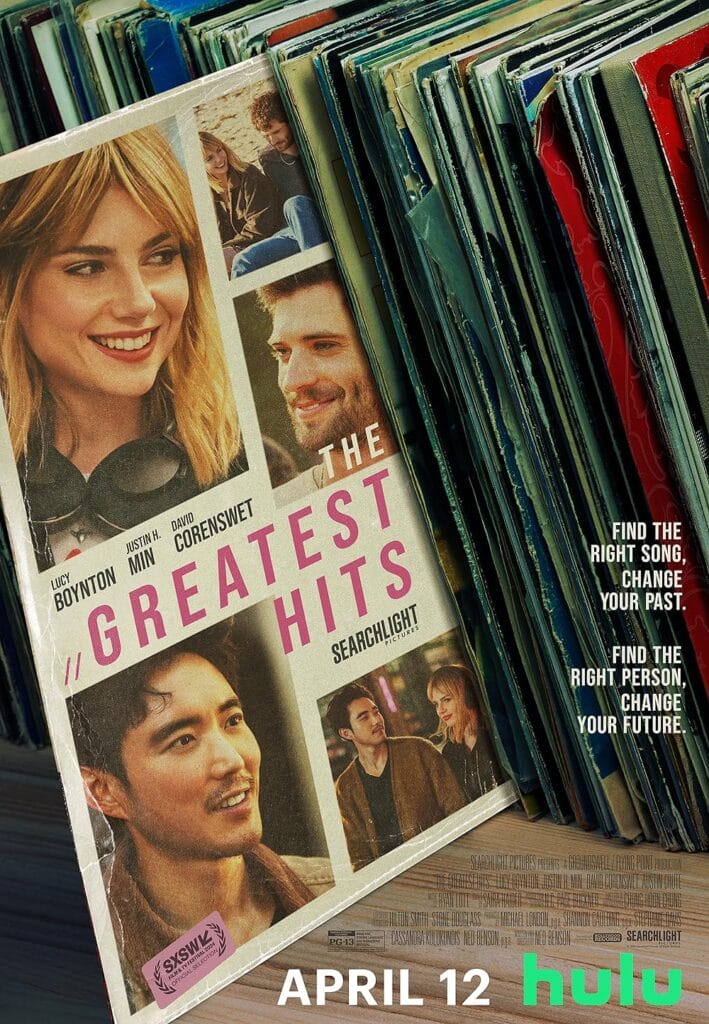 The Greatest Hits follows Harriet, who is trying to save her late boyfriend when she begins to uncontrollably travel back in time, triggered by specific songs. Harriet’s best friend Morris plays a significant role in the film, serving as both confidant and motivator for Harriet on her quest, and also talks openly about the men he is hooking up with, his work as a DJ who primarily plays queer events and clubs, and even gets a new boyfriend at the film’s end.
The Greatest Hits follows Harriet, who is trying to save her late boyfriend when she begins to uncontrollably travel back in time, triggered by specific songs. Harriet’s best friend Morris plays a significant role in the film, serving as both confidant and motivator for Harriet on her quest, and also talks openly about the men he is hooking up with, his work as a DJ who primarily plays queer events and clubs, and even gets a new boyfriend at the film’s end.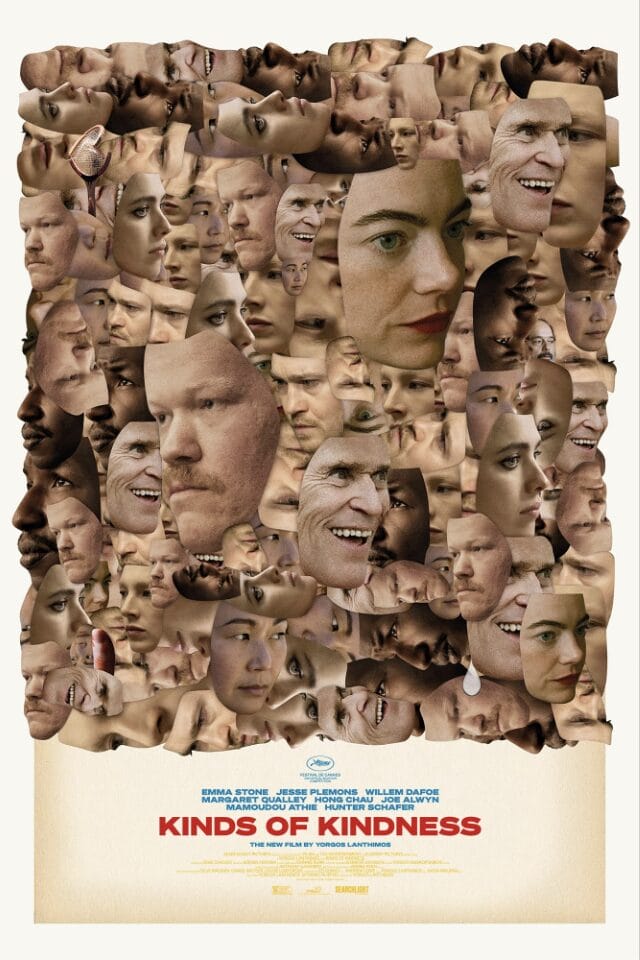 Kinds of Kindness includes three vignettes presented together as one film, with the same actors playing different roles in each story. The first vignette follows a man named Robert who is in love with his boss Raymond, who controls Robert’s every action and eventually pushes him to murder. Robert repeatedly confesses his love to Raymond and they kiss once, despite the fact that both men are married to women. The second story follows a straight couple, Daniel and Liz, who have a foursome with another straight couple. When Liz goes missing, Daniel tries to initiate group sex again, but the other couple refuses. The third vignette revolves around a cult where the members are only allowed to sleep with the cult leaders which leads to some same-gender sexual encounters. Though there was explicit queerness in all the vignettes of this film, significant parts of these stories were tied up with despicable acts that the characters enacted. This link in storytelling can then impact audiences who draw a connection between the characters’ queerness and their immorality.
Kinds of Kindness includes three vignettes presented together as one film, with the same actors playing different roles in each story. The first vignette follows a man named Robert who is in love with his boss Raymond, who controls Robert’s every action and eventually pushes him to murder. Robert repeatedly confesses his love to Raymond and they kiss once, despite the fact that both men are married to women. The second story follows a straight couple, Daniel and Liz, who have a foursome with another straight couple. When Liz goes missing, Daniel tries to initiate group sex again, but the other couple refuses. The third vignette revolves around a cult where the members are only allowed to sleep with the cult leaders which leads to some same-gender sexual encounters. Though there was explicit queerness in all the vignettes of this film, significant parts of these stories were tied up with despicable acts that the characters enacted. This link in storytelling can then impact audiences who draw a connection between the characters’ queerness and their immorality.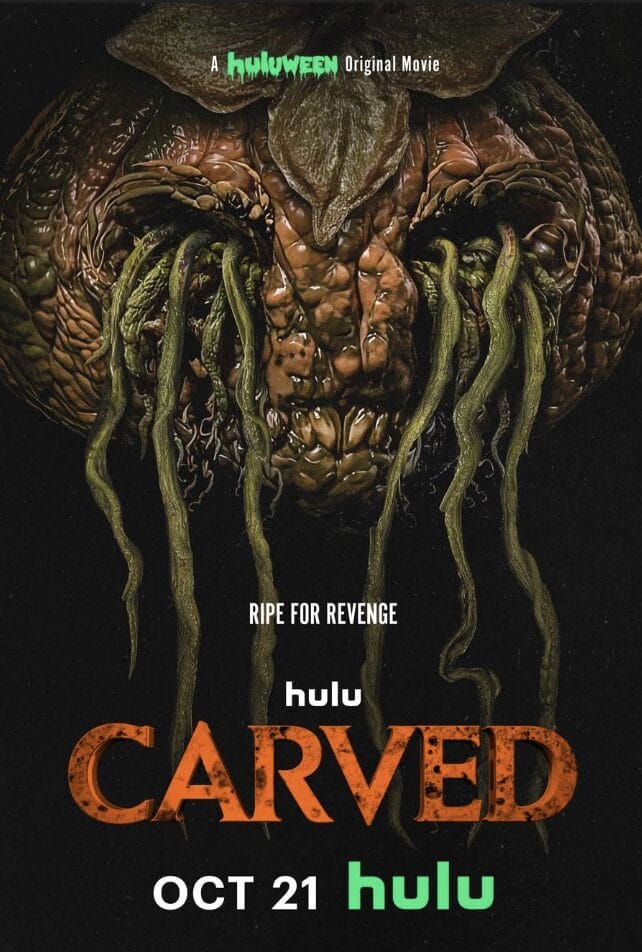 This horror film follows a killer pumpkin who comes to life and seeks revenge on employees at a local museum, including Bill, the head of the museum, and his coworker Kevin. Over the course of the film, it’s revealed that Bill and Kevin are dating, but keeping their relationship secret. Later, when they are on the run from the pumpkin, Kevin is communicating with Bill via walkie-talkie and the two confess their love for each other. Their coworkers are surprised, but not prejudiced; it seems that the reason Bill and Kevin kept their relationship secret is because they work together, not because of any fear of homophobia. Unfortunately, soon after this scene, both Bill and Kevin are killed. They are two of many killed by the pumpkin’s vines and their deaths are not a result of their sexuality, but nevertheless, it is disappointing to see the men killed so soon after this joyful moment affirming their relationship and identities.
This horror film follows a killer pumpkin who comes to life and seeks revenge on employees at a local museum, including Bill, the head of the museum, and his coworker Kevin. Over the course of the film, it’s revealed that Bill and Kevin are dating, but keeping their relationship secret. Later, when they are on the run from the pumpkin, Kevin is communicating with Bill via walkie-talkie and the two confess their love for each other. Their coworkers are surprised, but not prejudiced; it seems that the reason Bill and Kevin kept their relationship secret is because they work together, not because of any fear of homophobia. Unfortunately, soon after this scene, both Bill and Kevin are killed. They are two of many killed by the pumpkin’s vines and their deaths are not a result of their sexuality, but nevertheless, it is disappointing to see the men killed so soon after this joyful moment affirming their relationship and identities.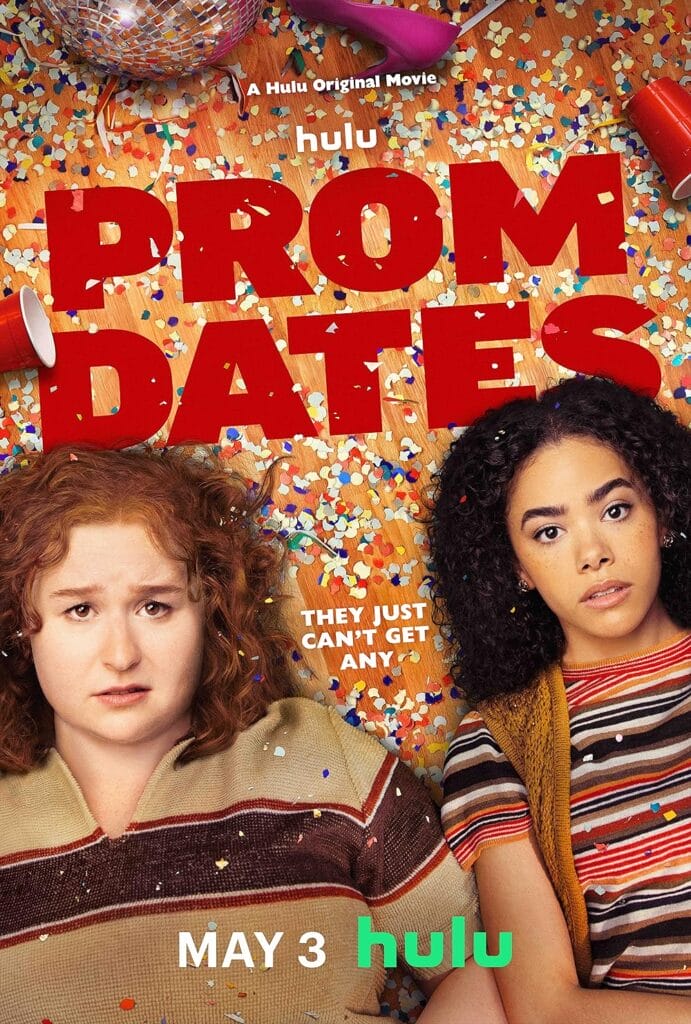 This teen comedy follows two best friends who both break up with their boyfriends right before prom and are on a mission to find new prom dates. One of the main characters is Hannah, who comes out as a lesbian at the start of the film after the break ups. Her mission to find a prom date involves a series of mishaps before finally getting close to her crush, Angie, only to be interrupted by her ex-boyfriend. The film ends with Hannah coming out to the whole school in a musical number. Hannah does become vocal and confident in her identity over the course of the film and is met with mostly acceptance; aside from her best friend’s ex, who is very much the villain of the film and whose homophobia is clearly shown as part of why he is an unlikable character. However, it is disappointing that the straight protagonist ends up with a new romantic interest while Hannah is ultimately rejected by Angie for coming on too strong and she ends the movie alone. While it’s exciting to have a lesbian co-lead, it was a missed opportunity for the film to not afford her the same happy ending as the straight lead.
This teen comedy follows two best friends who both break up with their boyfriends right before prom and are on a mission to find new prom dates. One of the main characters is Hannah, who comes out as a lesbian at the start of the film after the break ups. Her mission to find a prom date involves a series of mishaps before finally getting close to her crush, Angie, only to be interrupted by her ex-boyfriend. The film ends with Hannah coming out to the whole school in a musical number. Hannah does become vocal and confident in her identity over the course of the film and is met with mostly acceptance; aside from her best friend’s ex, who is very much the villain of the film and whose homophobia is clearly shown as part of why he is an unlikable character. However, it is disappointing that the straight protagonist ends up with a new romantic interest while Hannah is ultimately rejected by Angie for coming on too strong and she ends the movie alone. While it’s exciting to have a lesbian co-lead, it was a missed opportunity for the film to not afford her the same happy ending as the straight lead.